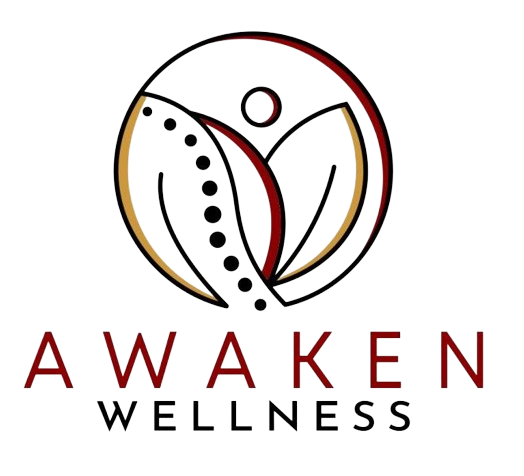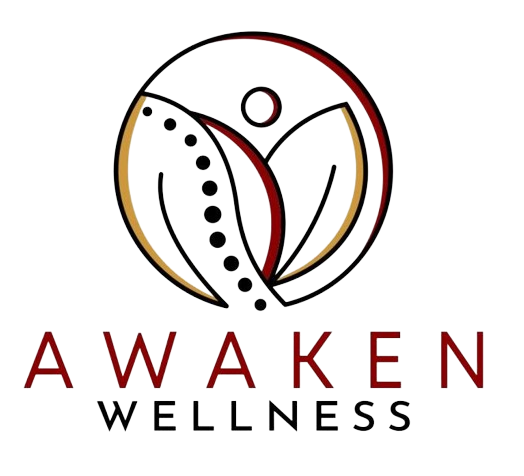Adjustments
What is an Entrainment?
Why?
Within your body resides an automatic mechanism that harmonises with external rhythms, pulses, or beats—a phenomenon termed entrainment. Interestingly, we unconsciously synchronise with surrounding rhythms continuously, albeit often without awareness.
The connection between external and internal rhythms is inseparable. Remarkably, our inner rhythms adjust to match stronger external rhythms. Consider this: Notice your heart rate or breathing pattern amidst traffic congestion, near loud machinery, or amidst energetic music. Then, contrast it with your heartbeat or breathing in serene beach settings or amidst tranquil music in a peaceful environment.
Other examples of entrainment include:
When a musician captivates the audience, they’ve successfully entrained them into the rhythm. Similarly, a charismatic preacher can achieve the same effect with their congregation. Meditating in a group amplifies the experience’s intensity. Engaging in aerobics to upbeat music during an exercise class is another example. Even the synchronization of menstrual cycles among young women who become roommates demonstrates this phenomenon.
In physics, less energy is expended when two objects are entrained with each other. Essentially, we utilize less energy when we’re in sync with our surroundings, but expend more when we’re out of harmony with the greater energy around us. Therefore, we must adjust our pace according to the energy demands—speeding up for work or fast-paced environments, and slowing down when we return home or when it’s not necessary. Unfortunately, many of us fail to do so.
However, entraining to a frenetic pace can lead to exhaustion and depletion. Our genetic programming isn’t designed for such rapid rhythms, and we often struggle to slow down or synchronize with slower rhythms. Many people underestimate the toll of moving too quickly and attempting to accomplish too much in a short span of time—especially in a society where speed and productivity are highly rewarded.
What to do?
When you synchronise with the energy around you, your energy expenditure decreases; conversely, being out of sync requires more energy. It’s acceptable to accelerate during the day in a fast-paced career, but slowing down upon returning home is essential. Teaching your body to decelerate, relax, and rejuvenate, stimulating the parasympathetic system—your natural relaxation response—is crucial. This is where we come in.
During your “Entrainment” session, we guide your body to achieve greater flexibility and adaptability, seamlessly transitioning between the demands of a fast-paced daytime and the need to unwind and recharge at night.
How many times have we upgraded our laptops, mobile phones, televisions, and internet connections for faster, more efficient technology? Yet, how often do we consider upgrading our nervous system—our body’s own internal operating system?
We navigate our 21st-century lives with internal operating systems that have remained largely unchanged for thousands of years, expecting our bodies to keep up with modern demands. An entrainment session serves as an upgrade, assisting our bodies and nervous systems—our internal operating systems—to synchronize with our environment and efficiently shift gears from daytime hustle to nighttime tranquility. By doing so, we enhance our ability to reset and regenerate, freeing up more energy for use during the day.

